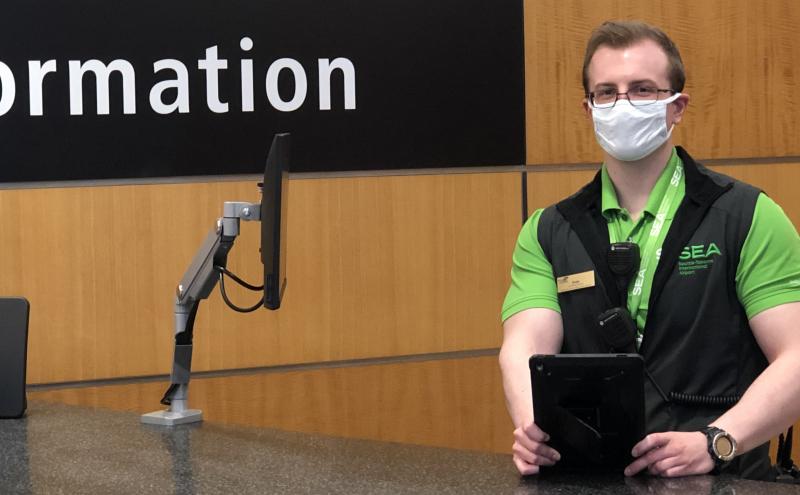
The great challenge for policymakers responding to the coronavirus pandemic is the need to act urgently without the benefit of perfect information.
Today we took action because of that urgency. The Port of Seattle Commission directed its staff to develop a plan to facilitate temperature checks at Seattle-Tacoma International Airport and report on the plan by June 9, 2020. This direction makes our airport the first large airport in the United States to begin work on a formal plan for temperature checks and health screening.
The Commission also directed that the plan should be created in collaboration with local and state public health officials, use best practices learned from existing programs at other airports, and take full advantage of any partnership opportunities available. In the interest of the safety of King County and Washington state communities, staff should prioritize implementation of temperature screening procedures for internationally arriving passengers.
We also directed the Port to engage local, state, and federal stakeholders from throughout the aviation industry and related stakeholders to advocate for a national system of health screening for air travelers. In developing a system for enhanced health screenings of internationally arriving passengers, staff should work with the United States Centers for Disease Control and Prevention (CDC) and as well as local and state public health officials to incorporate a system of providing data relevant to expanding contact tracing efforts undertaken by these agencies.
Admittedly, temperature checks only catch about three in ten carriers of the virus, in large part because there are so many asymptomatic carriers, and because the latency period is so long.
Still, catching three in ten is worthwhile, particularly in the context of a combined approach that layers many safety measures together. Universal temperature screenings reinforce the message that those with a fever should not travel, and discourage people who are exhibiting symptoms from going to public facilities in the first place. Temperature screenings can provide valuable information at the early end of a new outbreak.
A federally coordinated approach, akin to the ramping up of security measures at airports post 9/11, is the optimal path forward. Both the airport and airlines’ national associations have endorsed this approach, and it simply makes sense to ensure that airports aren't instituting a permanent patchwork approach that is confusing to passengers and rife with gaps. While we advocate for this federal approach, however, we should be proactive in the implementation of our own.
We live in a region known for ingenuity and action. The Port adopted a policy of requiring face coverings at its airport, implemented cleaning and sanitizing of surfaces, expanded paid sick leave that ensures employees have no financial disincentive to stay home when sick and are expanding the deployment of touchless systems throughout our facilities, all to provide multiple layers of safety measures.
No single measure is sufficient to slow the spread of coronavirus, and each comes with additional costs and inconvenience. However, given the gravity of the virus, and the impact it has had on our region’s well-being, the benefits of these measures outweigh the costs.
We acknowledge there are many questions related to passenger privacy, accuracy, literally the configuration of our airport space. This conversation needs to happen at every U.S. airport, major employer and public space as we design and put in place the protections that will stop the impacts of this disease, in terms of personal loss, economic hardship, and ongoing disruptions to our lives.


